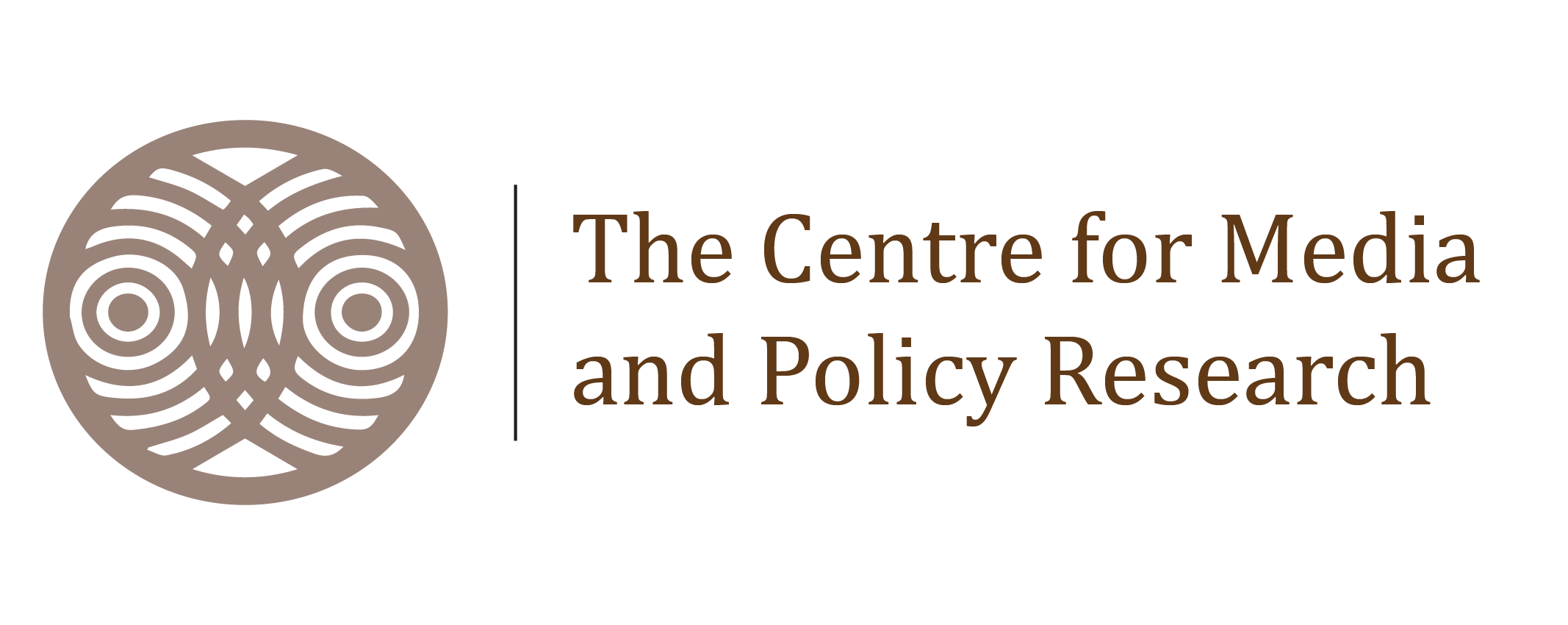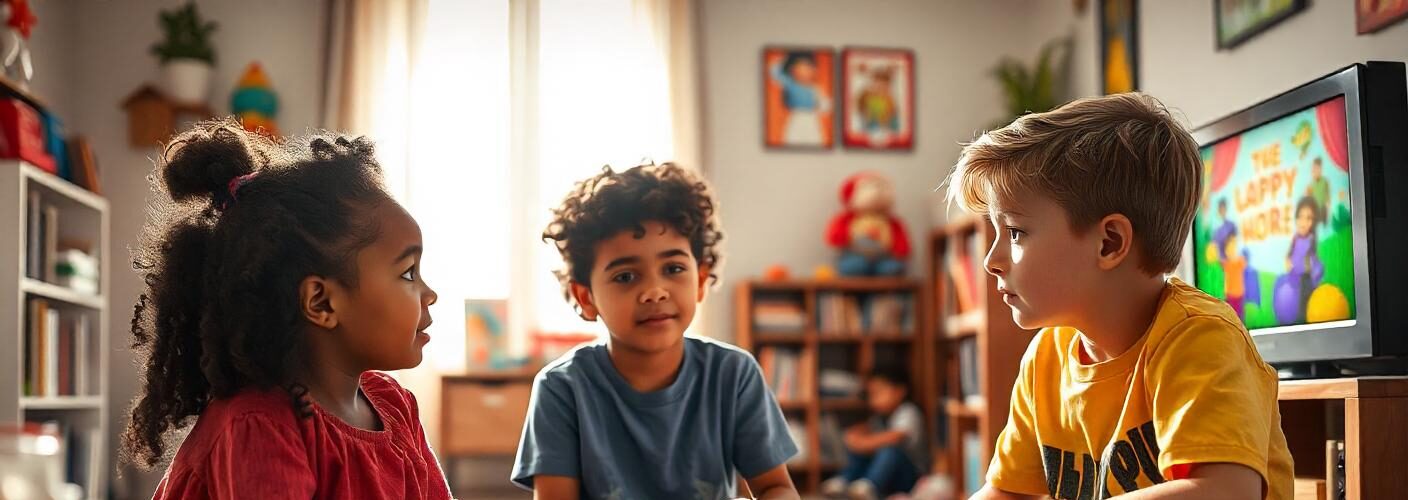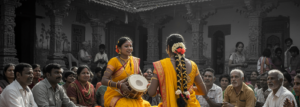Reflexivity, a critical process of self-awareness, spans the physical, psychic, social, and cultural domains. In the era of late modernity, characterized by rapid societal, technological, and cultural changes, reflexive practices have become integral to identity construction. These practices, amplified by symbolic structures, social interactions, and media engagement, play a crucial role in shaping how individuals see themselves and their roles in society. Adolescence, as a phase of heightened reflexivity, witnesses significant growth in physical, emotional, and social domains. Media consumption during this stage becomes a tool for youth to influence their moods, reflect on their societal positioning, and compare themselves with societal ideals. This creates a complex interplay between personal agency and external influences.
The Role of Media in Shaping Children’s Psyche
Media serves as a gateway for children to explore worlds beyond their immediate environment, sparking creativity and curiosity. However, this empowerment often comes with constraints. Media frequently reinforces stereotypes—princesses awaiting rescue or heroes defined by aggression—that limit children’s understanding of their potential. Traditional media often adheres to stark gender roles, even as global narratives celebrate individuality and innovation.
For instance, while Doordarshan’s Malgudi Days offered relatable, gender-neutral storytelling, contemporary programs frequently perpetuate hyper-masculine or hyper-feminine ideals. A classic example is the character of Bheem, epitomizing strength and fearlessness, while Chutki, despite moments of bravery, remains largely relegated to a supporting role.

Symbolic Portrayals of Marginalized Children in Indian Media
Indian media oscillates between portraying marginalized children as heroic exceptions and relegating them to the periphery of societal consciousness. Children’s literature projects like Different Tales challenge dominant narratives that frame childhood solely as a space of innocence, play, and moral growth—values predominantly reflective of upper-caste, urban, and middle-class norms (Sreenivas, 2011). These stories shed light on the active struggles of children from subaltern communities, where work, resilience, and collective strength define their identities.
In Kali and the Rat Snake (documented by Deepa Srinivas, 2011), the tribal identity of the titular character is both glamorized and stripped of its socio-political struggles. The narrative focuses on individual heroism while depoliticizing systemic marginalization, reducing structural inequalities to personal challenges. Such portrayals mirror the broader “multiculturalist” trend that celebrates cultural differences but fails to address the structural inequalities at their core.
This dichotomy—heroism versus victimhood—is evident in films like 12th Fail (2023), Mukkabaz (2017), and Dangal (2016). While these stories highlight “rags-to-riches” journeys, they risk normalizing the systemic conditions that necessitate such extraordinary perseverance. By focusing on individual triumphs, these narratives often overshadow collective struggles, inadvertently reinforcing societal hierarchies.
Reinforcing Power Dynamics through Cultural Policy
Cultural policies significantly shape collective consciousness and national identity. Sharma (2018) critiques how folklore is represented in mainstream media, particularly through Amar Chitra Katha. While these narratives aim to bridge cultural gaps in post-colonial education, they often align with upper-caste, patriarchal, and Sanskritic ideals, marginalizing regional and oral traditions. This deliberate standardization dilutes the fluidity of folklore, silencing the voices of Dalit, Adivasi, and other marginalized communities.
Visual representations also play a pivotal role in reinforcing or challenging power dynamics. For example, Amar Chitra Katha employs Aryan-centric aesthetics, while Godavari Tales portrays Rama and Sita with earthy, Dravidian features, emphasizing inclusivity and countering Brahminical hegemony. Marginalized deities like Nukalamma and Bishalakshmi bring visibility to non-Vedic traditions, celebrating the cultural richness of Dalit and Adivasi practices. Such representations challenge traditional archetypes and advocate for a more inclusive understanding of Indian heritage.
Challenging the Normative Grid: Towards Inclusive Representations
Lemish (2010) outlines eight working principles for creating diverse and gender-equal portrayals in children’s programming. Central to these principles is the idea of role reversal—breaking away from traditional gender roles. For instance, portraying boys in nurturing roles and girls excelling in science or leadership challenges societal expectations. Such narratives encourage children to imagine a broader range of possibilities for themselves.
Inclusive representation extends beyond visual depictions to the language used in media. Gender-sensitive language—such as using “mailperson” instead of “mailman”—subtly challenges assumptions about gender roles, reshaping how children perceive their place in the world.
To further deepen the dialogue between reflexivity, media, and identity formation, scholars like Paul Ricoeur propose interdisciplinary approaches. These approaches, rooted in sociology, aesthetics, and communication, advocate for a nuanced understanding of the media’s role in shaping subjectivity.
Towards Reflexive Media Practices
The media’s role in shaping children’s psyche and societal structures cannot be overstated. By prioritizing inclusive, diverse, and gender-sensitive representations, media can break away from stereotypes and power dynamics, creating a platform for meaningful engagement. Reflexivity in media must move beyond tokenism and sentimentalization, ensuring children see themselves in narratives that represent the full spectrum of human experiences.
References
- Lemish, D. (2010). Gender representations in children’s television: Eight working principles for change. In Screening gender on children’s television (1st ed.). Routledge.
- Sreenivas, D. (2011). Telling different tales: Possible childhoods in children’s literature. Childhood, 18(3), 316-332. https://doi.org/10.1177/0907568211407531
- Sharma, S. (2018). Folklore through popular media: The representation of the ‘subaltern.’ Indian Literature, 62(4), 214–219.
Author: Aparna Verma
Read more…






